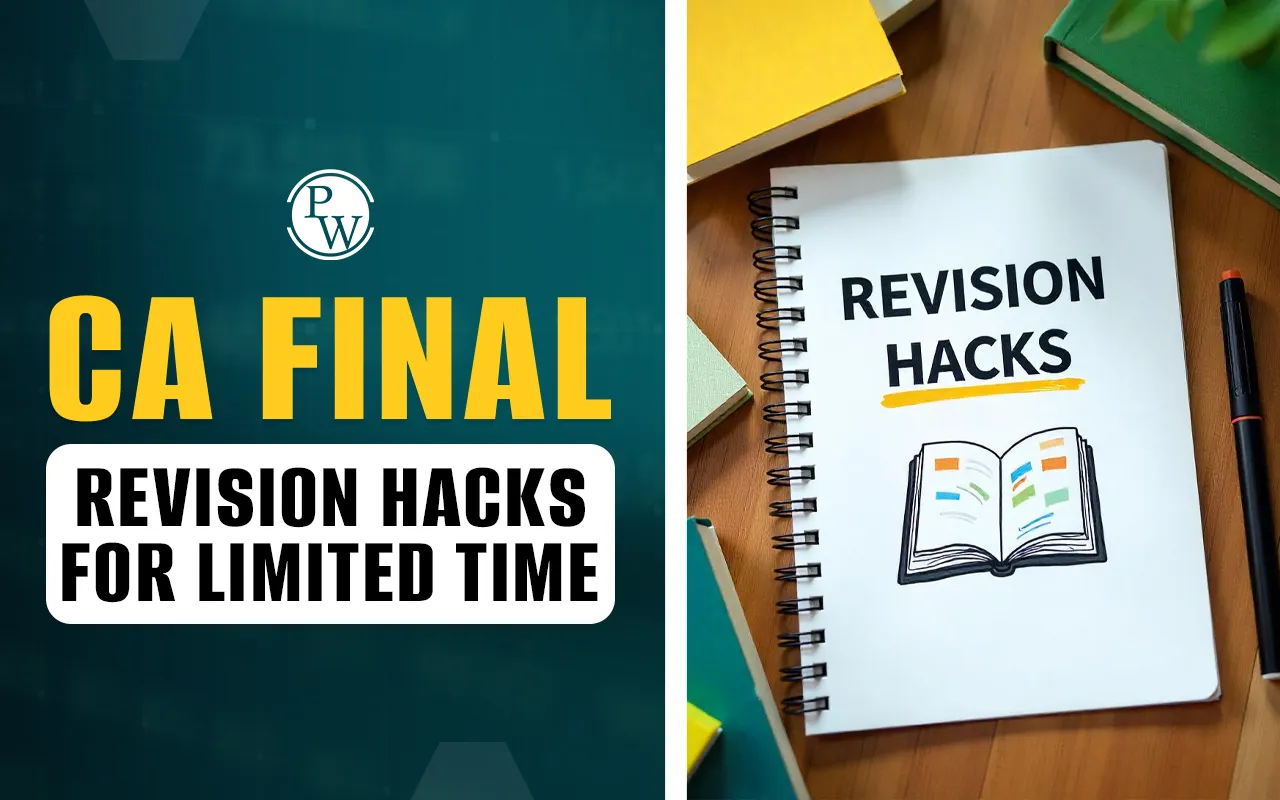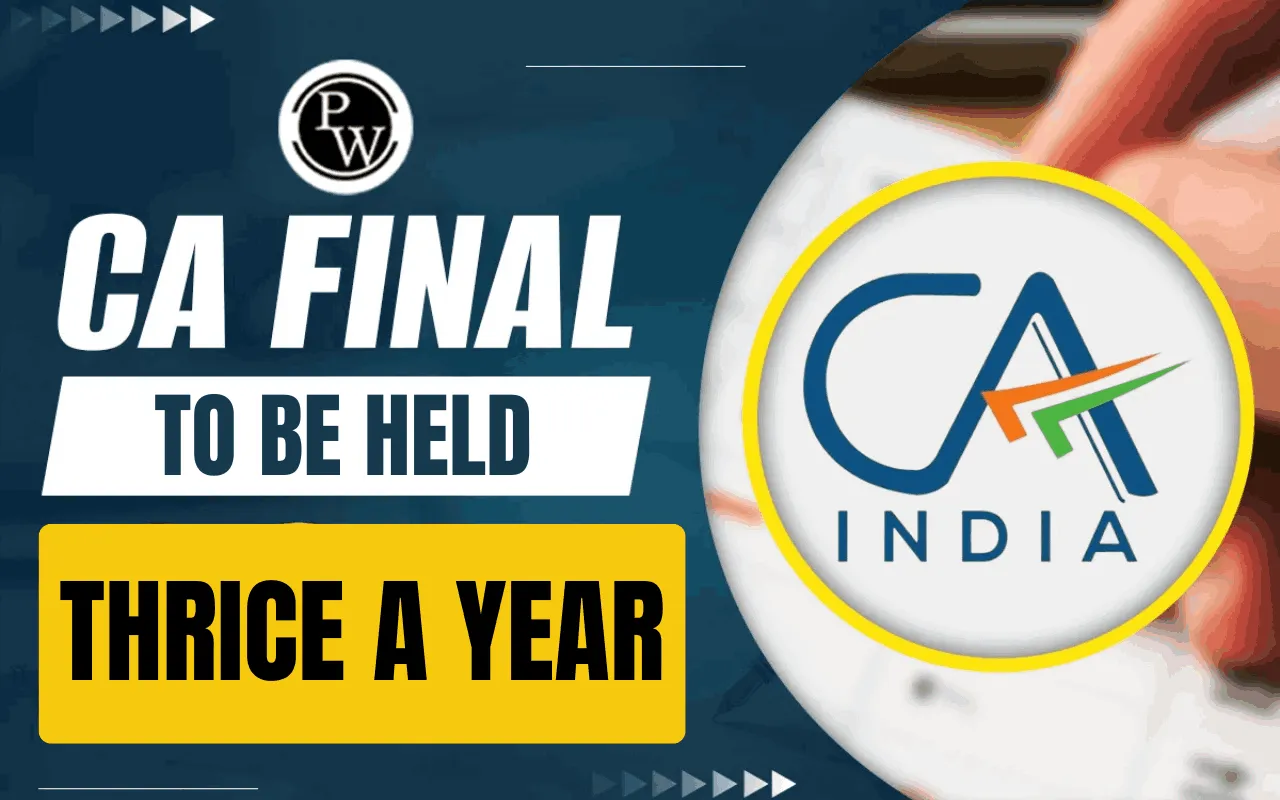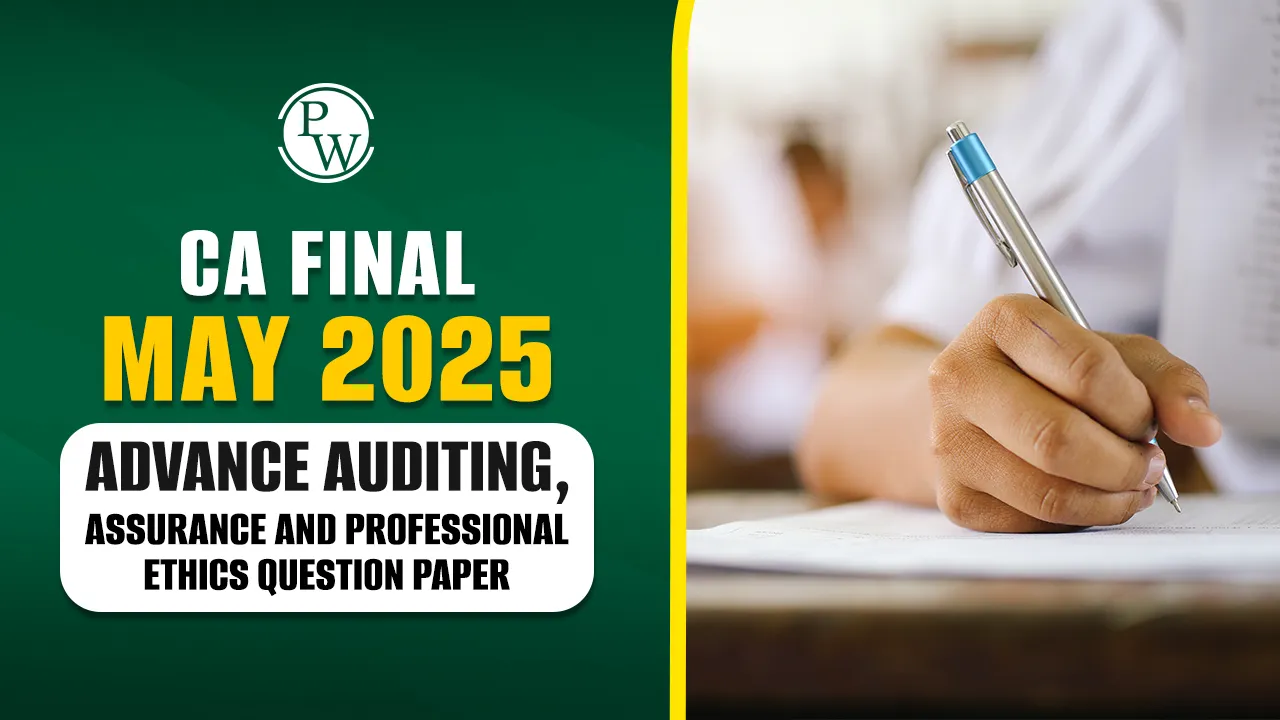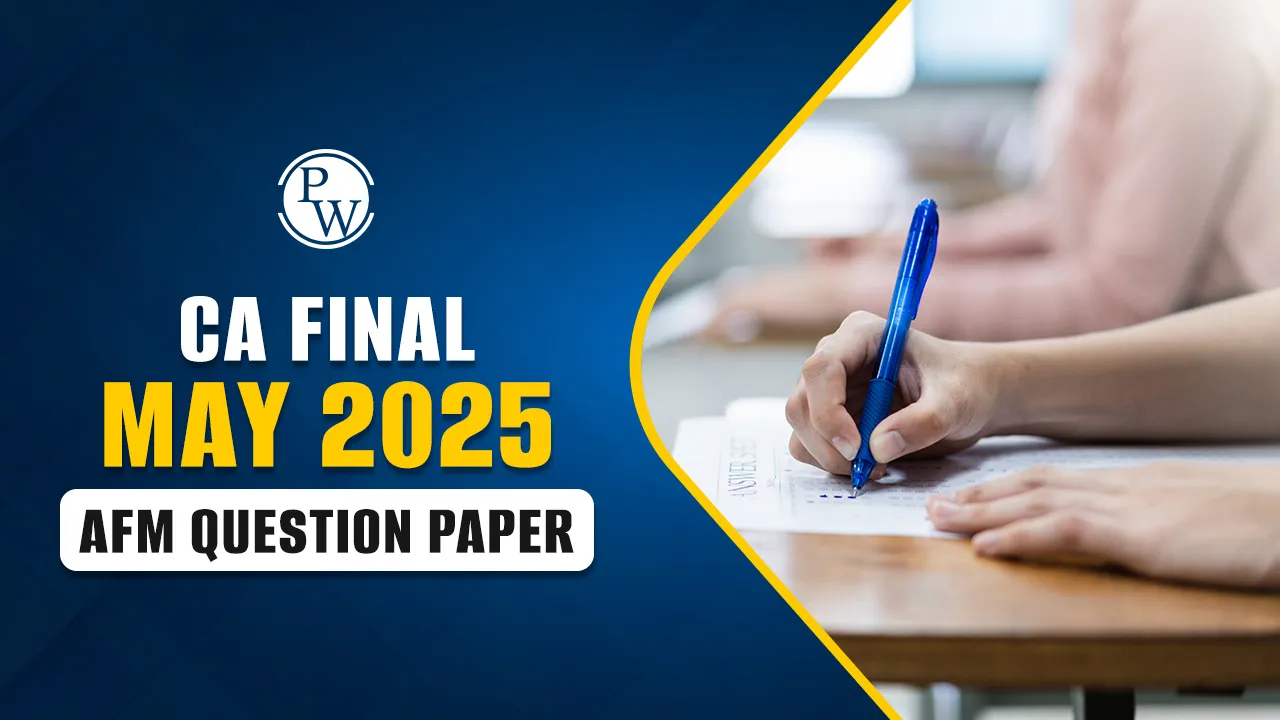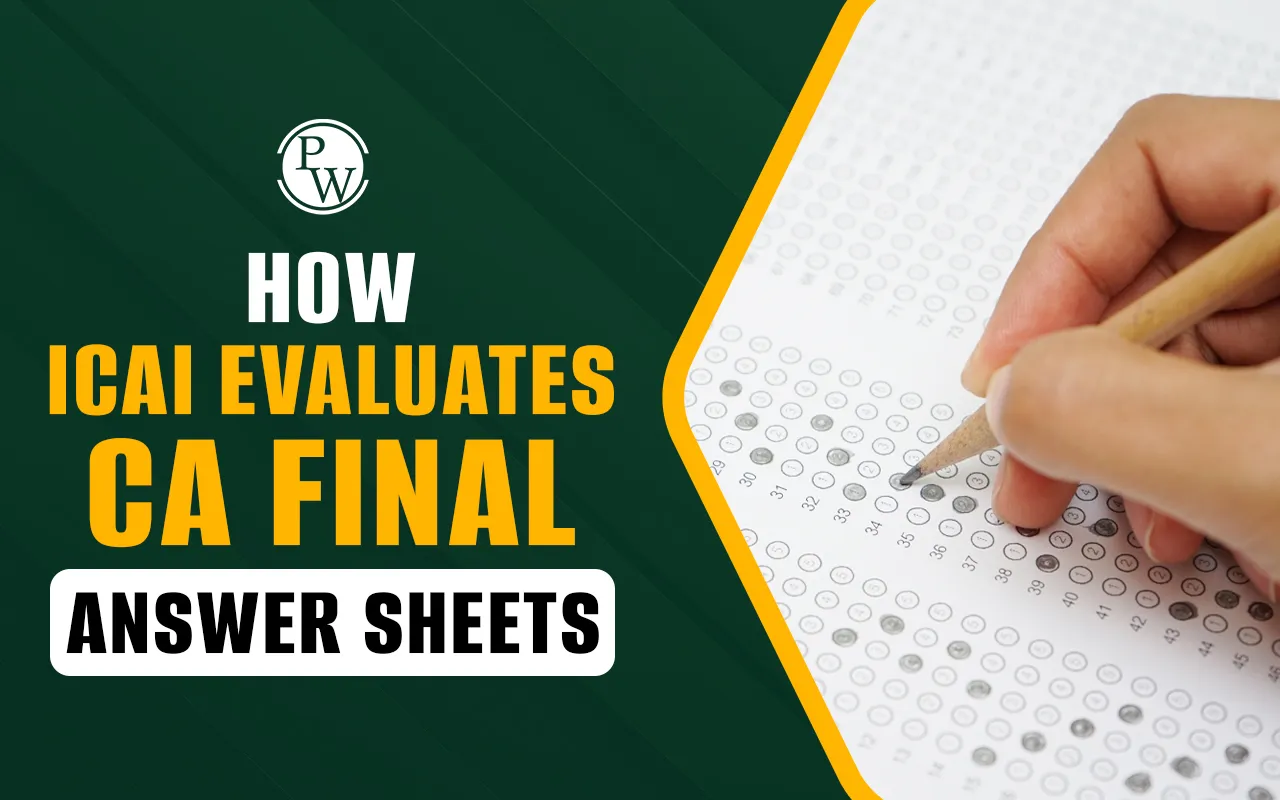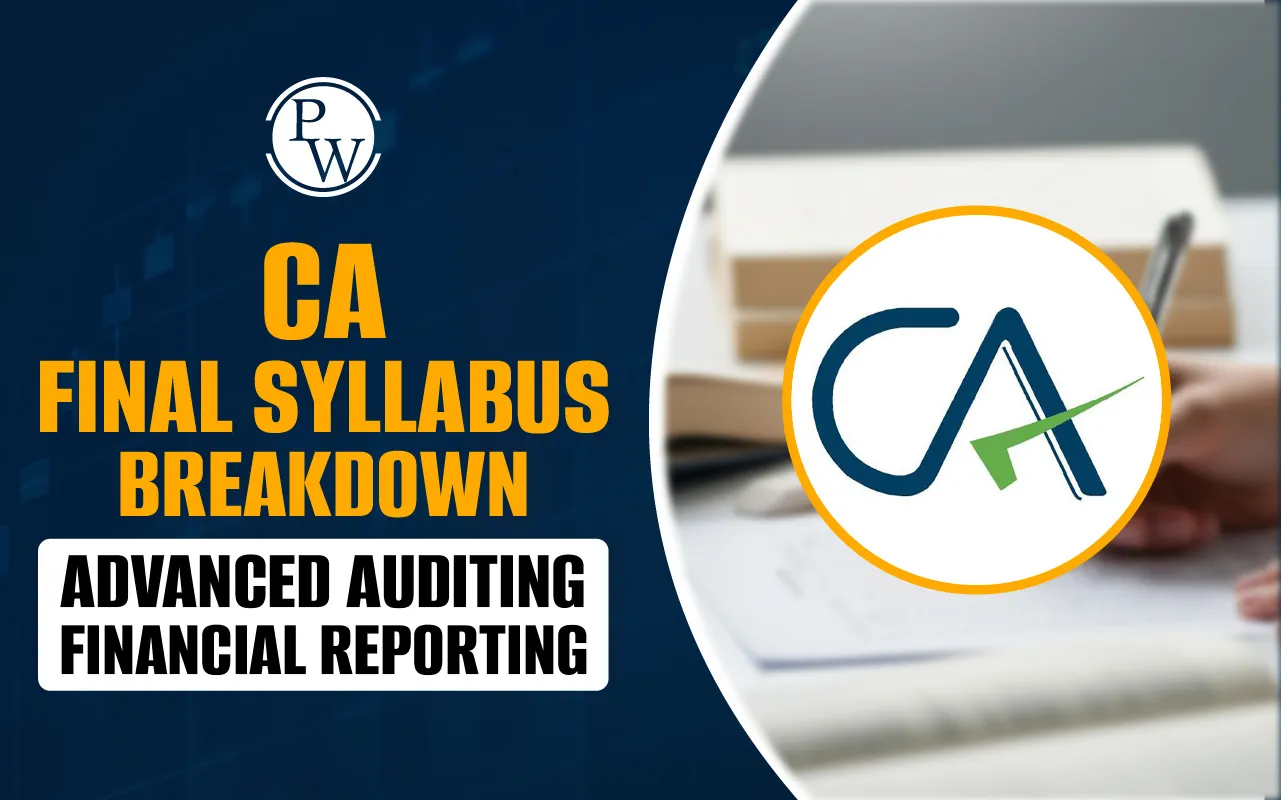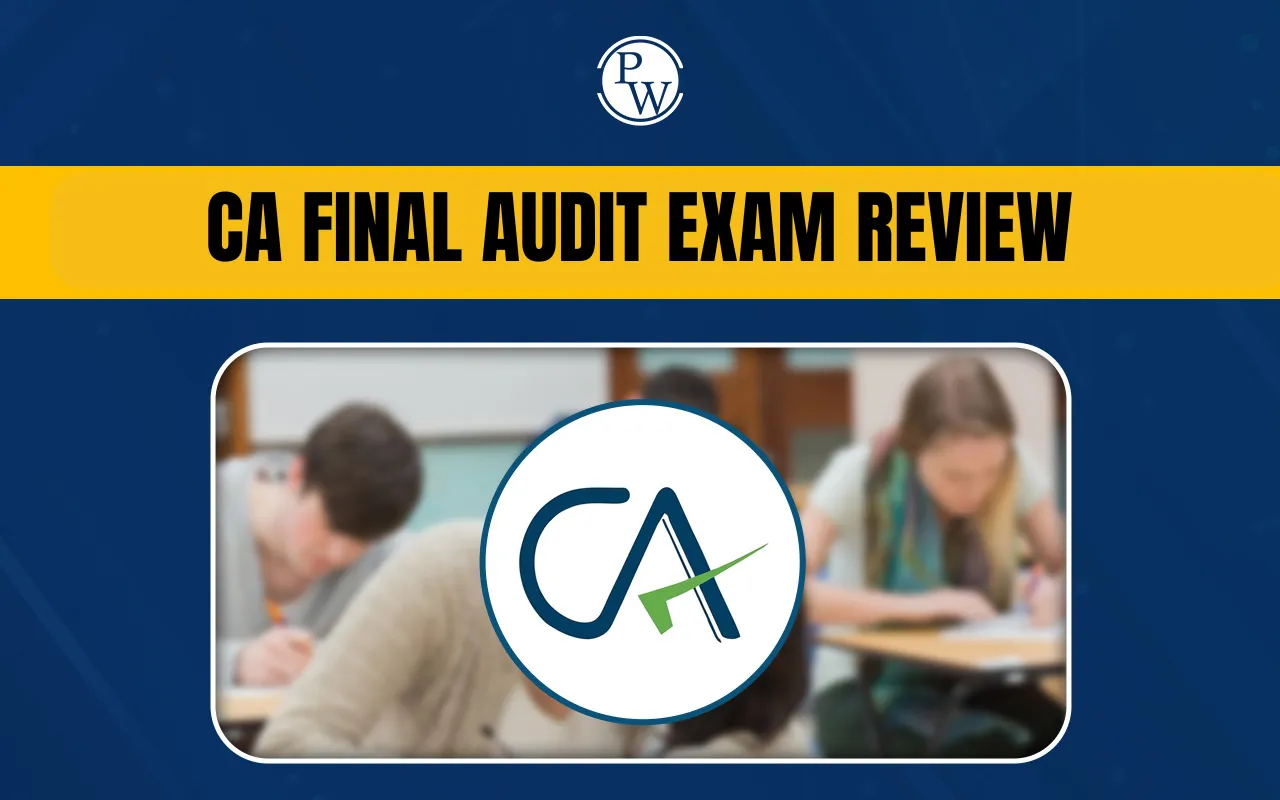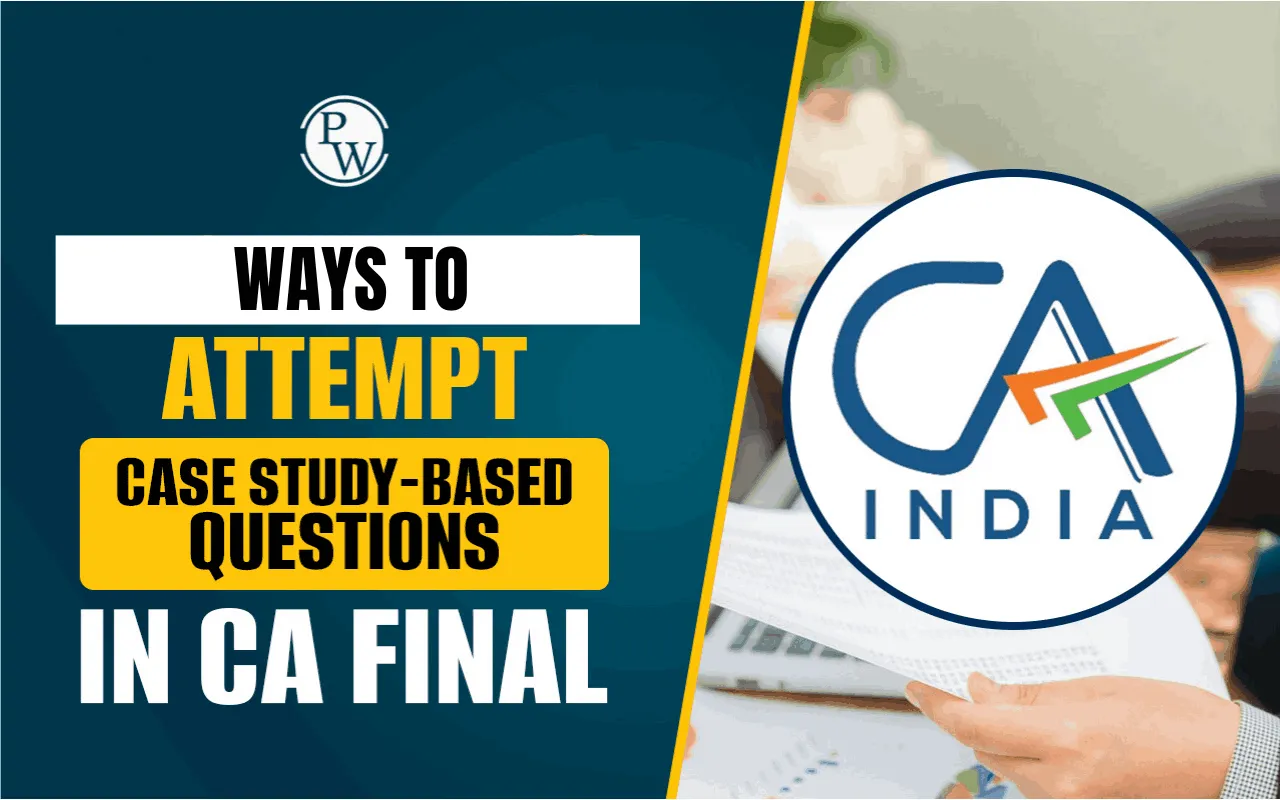
CA Final GST Refund: The Goods and Services Tax (GST) system allows taxpayers to claim a refund of the excess tax paid in certain circumstances. This concept, known as the CA Final GST Refund, is important for exporters, businesses with an inverted duty structure, or those who have paid tax by mistake. The refund is often linked to customs processes when goods are exported or imported. Understanding the CA Final GST Refund and its connection to customs duty procedures is important for businesses, especially those preparing for exams like ICAI, IDT, and RTP. Below, we’ve explained the GST Refund Process and the related customs steps in simple language.
CA Final GST Refund
A GST refund means getting back the tax individuals have paid to the government in extra or by mistake. In some cases, it is also the return of ITC that has accumulated because of certain transactions. The CA Final GST Refund provisions help ensure that businesses do not face a cash flow problem when they are eligible for a refund.
Common cases where a CA Final GST Refund is applicable include:
- Export of goods or services (zero-rated supplies)
- Supplies to SEZ units or developers
- Inverted duty structure (when tax on inputs is higher than on outputs)
- Excess tax paid
- Excess balance in the electronic cash ledger
Eligibility for GST Refund
Under the CA Final GST Refund provisions, the following taxpayers can apply for refunds:
- Exporters of goods and services
- Suppliers making zero-rated supplies without tax payment
- Taxpayers under an inverted duty structure
- Taxpayers who made excess tax payments by mistake
- Taxpayers with an excess balance in the electronic cash ledger
These cases are also discussed in the ICAI IDT RTP for exam preparation.
Types of CA Final GST Refund
Below, we’ve mentioned when CA Final GST Refund can be claimed in different scenarios:
-
Exports with payment of tax: IGST paid on exported goods or services.
-
Exports without payment of tax: Using a Letter of Undertaking (LUT) and claiming a refund of unutilised ITC.
-
Supplies to SEZ: With or without payment of tax.
-
Deemed exports: Certain domestic supplies are treated as exports.
-
Excess cash balance in ledger: Refund of the balance in the electronic cash ledger.
-
Tax paid by mistake: Such as treating an interstate supply as intra-state or vice versa.
Time Limit to Apply
The CA Final GST Refund rules say that refund claims must be made within 2 years from the relevant date. The relevant date changes depending on the situation – for example, for exports, it is the date when goods cross the customs frontier.
Step-by-Step GST Refund Process
The GST refund process under the CA Final GST Refund topic involves the following main steps:
Step 1: Filing Pre-Application Form
Taxpayers must first fill in a refund pre-application form on the GST portal. This form asks for details like business information, Aadhaar number, export value, and capital investment.
Step 2: Filing RFD-01
Form RFD-01 is used for most of the refund claims. The taxpayer selects the reason for the refund, the tax period, and enters the invoice and tax payment details. Taxpayers also upload the supporting documents like invoices, proof of tax payment, and shipping bills (for exports).
Step 3: Verification by Tax Officer
Once filed, the application is checked by the refund processing officer. If all the details and documents are correct, then the refund is approved. If there is any issue in the application, a deficiency memo will be issued, and the taxpayer must correct and reapply the application.
Customs Duty Procedures in GST Refund
Customs duty procedures are closely linked to the CA Final GST Refund, especially for exports. Below, we’ve mentioned how the GST refund process works with customs:
-
Shipping Bill as a Refund Application: For exports with payment of IGST, the shipping bill filed with customs is treated as the refund application.
-
Data Matching: The GST portal shares export invoice details with the customs portal (ICEGATE). The data must match the Export General Manifest (EGM) filed by the shipping line.
-
Refund Credit: Once customs verifies the details and confirms tax payment, the refund amount is credited to the exporter’s bank account.
-
Documents Required: Shipping bill, invoice details, GSTR-1, GSTR-3B, and bank account details.
Special Cases of Refund
Below, we’ve mentioned that the CA Final GST Refund chapter also covers some special refund situations:
-
Supplies to SEZ Units: Can be with payment of tax (claim refund of tax paid) or without payment of tax (claim refund of ITC).
-
Deemed Exports: Where goods are supplied but considered exports under law. A refund can be claimed by either the supplier or the recipient.
-
Wrong Tax Payment: If tax was paid as CGST+SGST instead of IGST, or vice versa, a refund can be claimed after paying the correct tax.
After Filing the Refund
Once the GST refund process is complete and approved:
- A provisional refund (up to 90%) can be granted in some export cases within 7 days.
- The final order is issued, and the refund amount is credited to the taxpayer’s bank account.
- If rejected, the amount is re-credited to the taxpayer’s electronic ledger.
Practical Tips for CA Final GST Refund Preparation
Below, we’ve mentioned the practical tips for CA Final GST Refund Preparation:
-
Learn through examples: Students should solve past exam questions and RTP illustrations.
-
Know the forms: RFD-01, RFD-04, RFD-05, RFD-06, and shipping bills are very important to understand this topic without any confusion.
-
Understand customs link: Exports and zero-rated supplies always connect GST with customs duty procedures.
-
Stay updated: The GST law and refund rules change often; students should check the latest ICAI IDT RTP often, and before the exam is must.
The CA Final GST Refund topic is not only an exam chapter for students, but it is a process that every tax professional must know in practice. This topic covers when and how to claim refunds, the documents required, the GST refund process, and the customs duty procedures involved.
When students study both the law and the practical steps, and by revising the ICAI IDT RTP, students can master the CA Final GST Refund provisions and apply them confidently in real cases.
CA Final GST Refund FAQs
What is the GST refund process for CA Final exams?
Which forms are used in the GST refund process?
How does the customs duty procedure link with GST refunds?
Why is studying ICAI IDT RTP important for GST refunds?
What are the common mistakes in GST refund applications?

